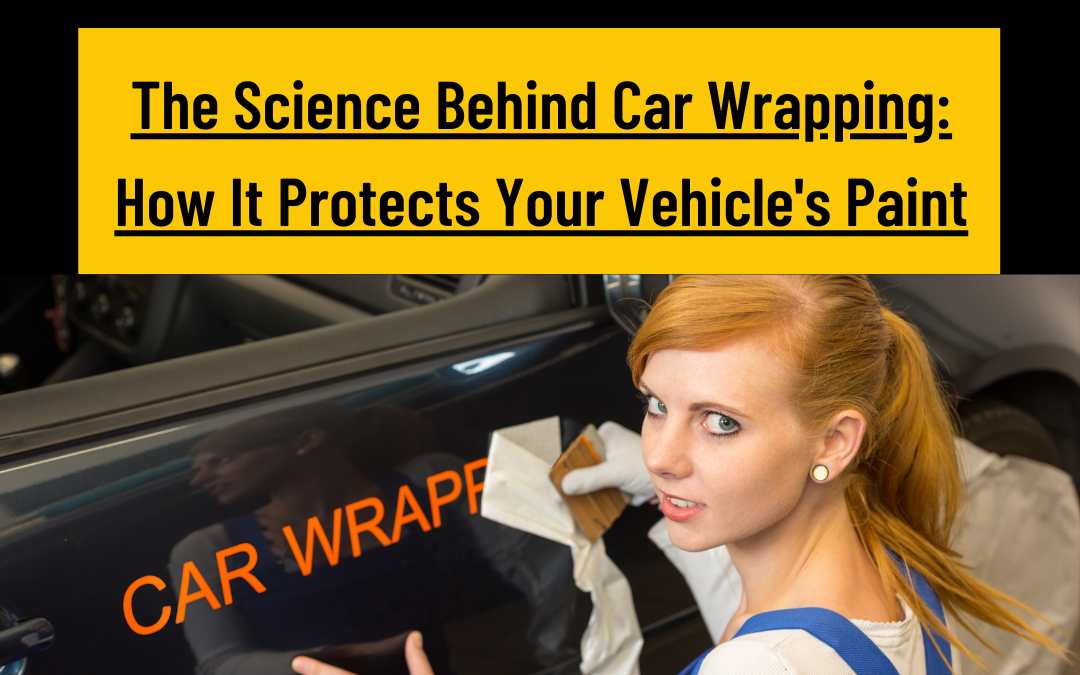Car owners are always looking for ways to protect and preserve the appearance of their vehicles. One method that has become increasingly popular in recent years is car wrapping. Car wrapping uses a customizable vinyl film to cover the vehicle’s exterior with various colors, patterns, and graphics. But car wrapping is more than just an aesthetic choice. It also offers significant benefits in terms of protecting the vehicle’s paint and overall longevity. In this blog, we’ll explore the science behind car wrapping and its long-term impact on maintaining your vehicle’s pristine appearance.
What is Car Wrapping?
Car wrapping is the process of applying a vinyl film to a vehicle’s exterior to change its appearance. The vinyl film offers an extensive selection of colors and finishes, including glossy, matte, metallic, and textured options. Car owners have the flexibility to wrap either the entire vehicle or specific parts like the hood, roof, or side mirrors.
Car wrapping involves applying large sheets of vinyl film to the vehicle’s surface using heat and pressure. The process is similar to applying a giant sticker to the car’s exterior. Once you place the vinyl film, you can cut and trim it to perfectly fit the contours and features of your vehicle.
The Science Behind Car Wrapping
Car wrapping offers several benefits when it comes to protecting a vehicle’s paint and overall appearance. Here are some of the ways that car wrapping works to keep your car looking its best :
Protection from UV Rays
One of the most significant threats to a vehicle’s paint job is UV radiation from the sun. Over time, exposure to UV rays can cause the paint to fade, crack, and peel. Car wrapping provides a barrier against UV radiation, helping to protect the vehicle’s paint from damage.
Vinyl films used for car wrapping are UV-resistant, ensuring they can withstand prolonged sunlight exposure without deterioration. This is because the vinyl film contains additives that absorb or reflect UV rays, preventing them from reaching the vehicle’s surface.
Protection from Environmental Factors
In addition to UV radiation, vehicles are also exposed to a variety of environmental factors that can damage their paint and appearance. These factors can include rain, snow, hail, bird droppings, tree sap, and even pollution.
Car wrapping shields the vehicle’s paint by offering protection against environmental factors, preventing direct contact. The vinyl film is also easy to clean and maintain, making it simple to remove any debris or contaminants that may accumulate on the car’s surface.
Scratch Resistance
Vinyl films used for car wrapping are also scratch-resistant, meaning they can help prevent scratches and other types of damage to the vehicle’s paint. This is because the vinyl film has a protective layer that is designed to absorb impacts and prevent them from damaging the underlying paint.
Longevity
Finally, car wrapping can help extend the life of a vehicle’s paint job. By providing an extra layer of protection against UV rays, environmental factors, and scratches, car wrapping can help the paint job look new for longer. This can be especially beneficial for individuals who are looking to sell their vehicle, as a well-maintained paint job can increase the car’s resale value.
Conclusion
Car wrapping is a great way to protect and preserve a vehicle’s appearance. By providing a barrier against UV radiation, environmental factors, and scratches, car wrapping can help keep a vehicle looking new for longer. If you’re interested in car wrapping for your own vehicle, be sure to choose a reputable provider who uses high-quality vinyl films and has experience with the wrapping process. At Sign Hub, we offer a wide range of car wrapping services, using only the best materials and techniques to ensure a best Car wrapping services.


